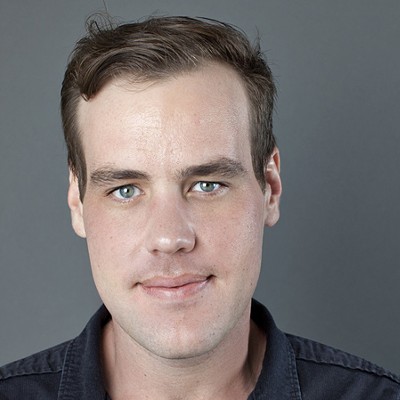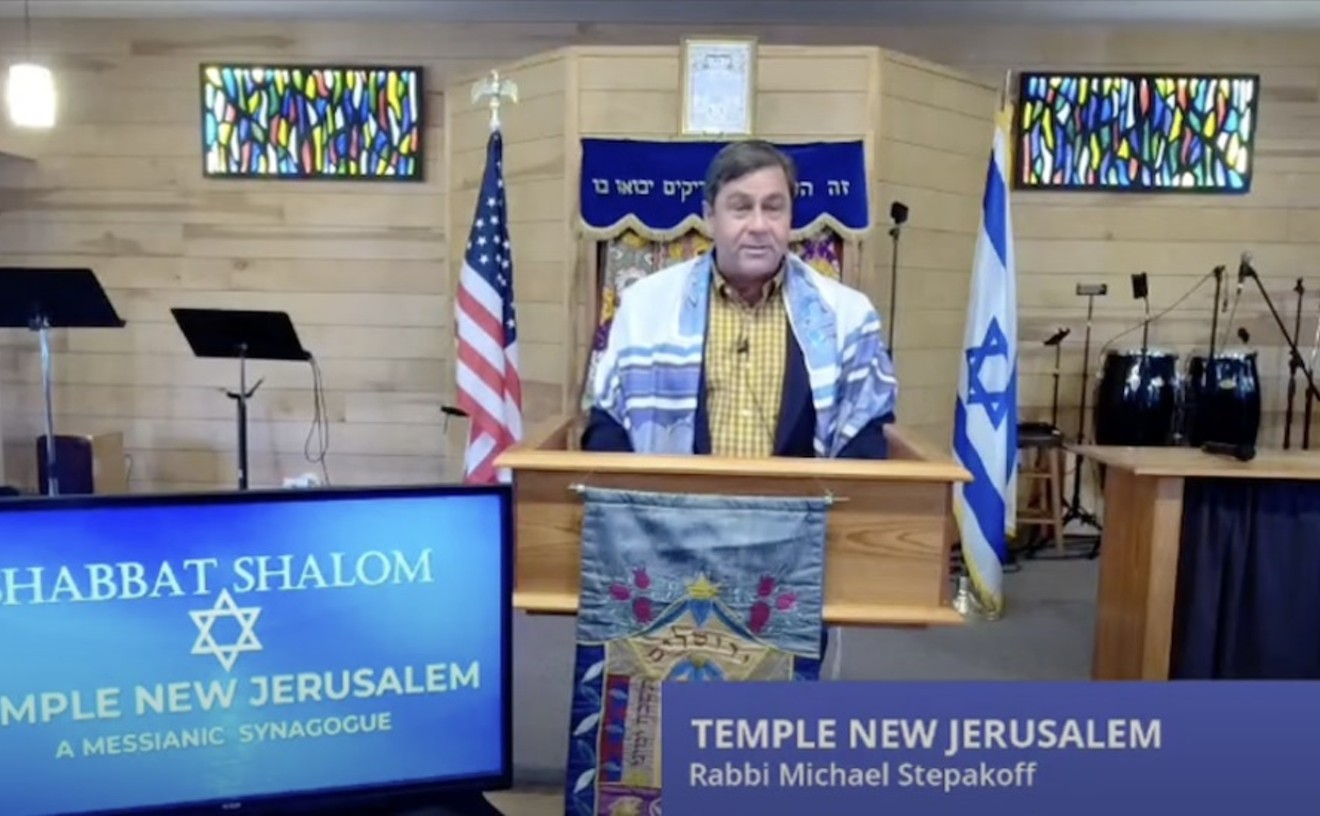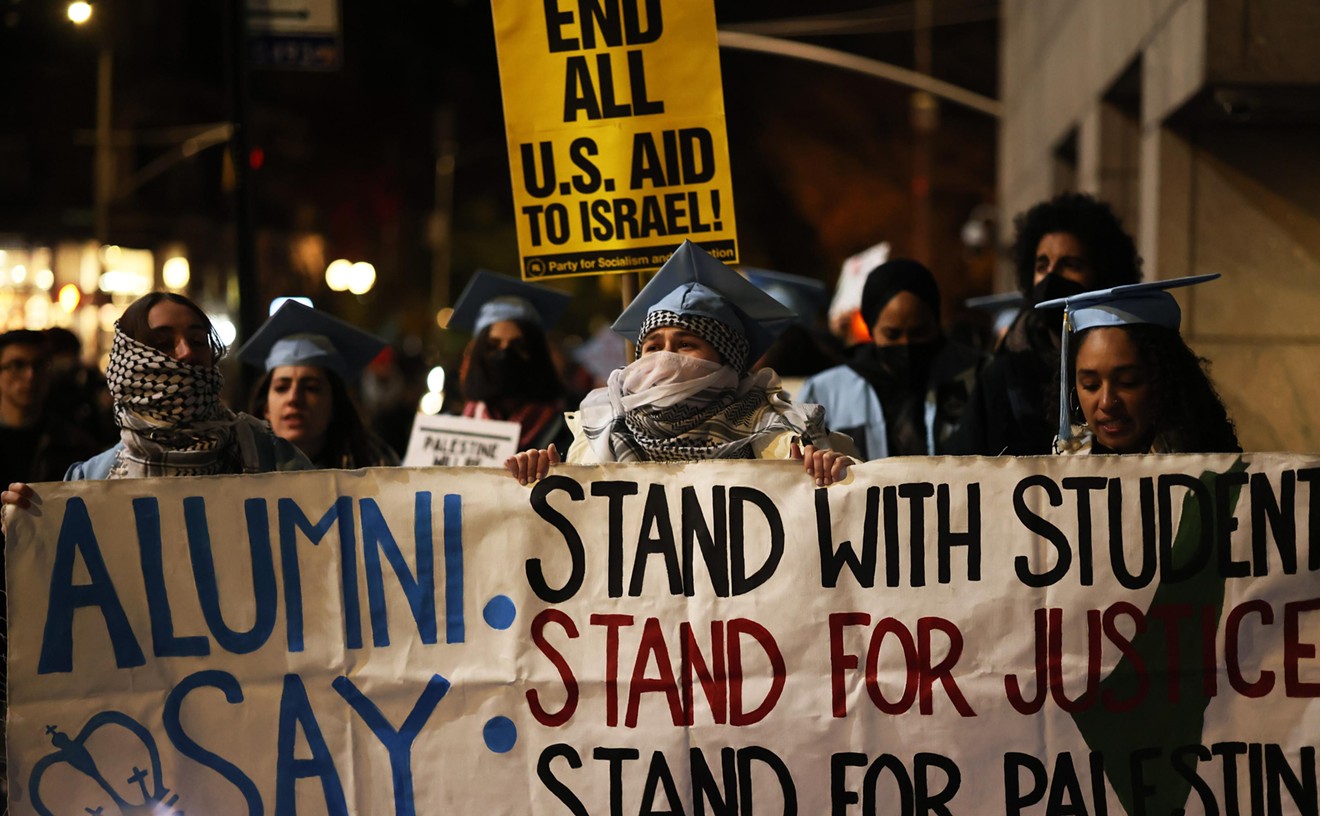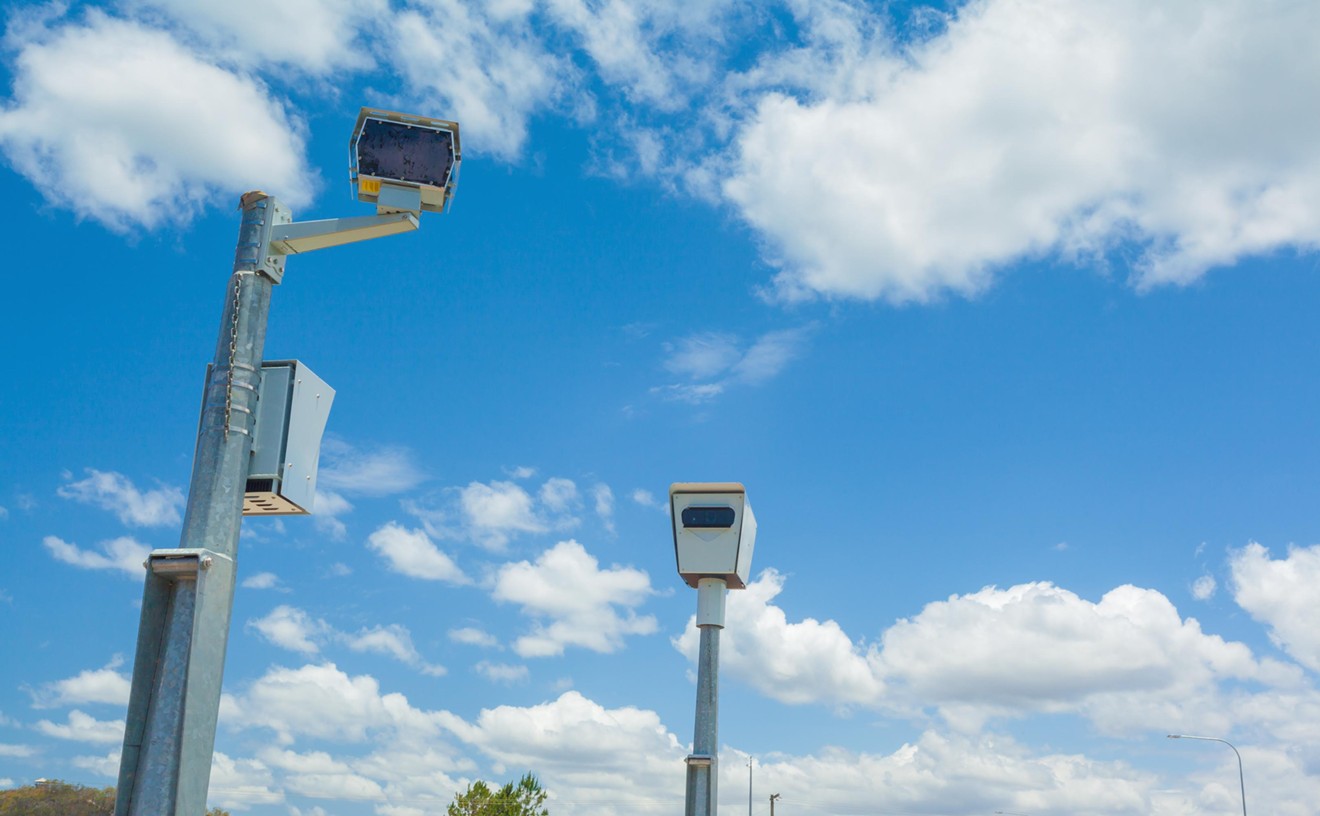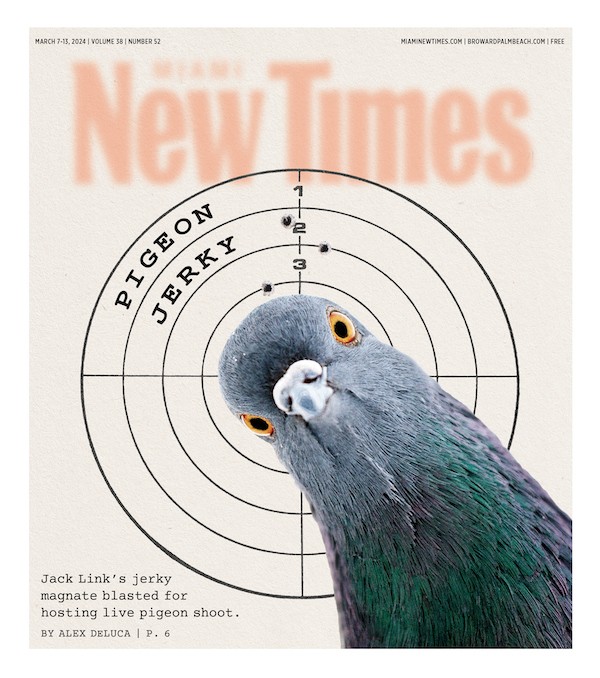We're not quite sure why Ryan Murphy set the freak-show-themed season of American Horror Story -- whose third episode aired last night -- in 1950s Jupiter, Florida, unless there's some secret planetary or zodiacal theme at work (which might also explain why the lead character's name is Elsa Mars). Because in real life, the town of Jupiter has no strong connection to freak shows or circus performers of any kind. (Though Tiger Woods does live there.)
But town choice aside, Murphy certain picked the right state for the series. If you think modern-day Florida is strange, it should come as no surprise that it's home to more than a few towns that were established or settled by freak-show performers, circus folks, and other people of curious professions.
Sure, none of these places likely saw German expats singing David Bowie songs, but otherwise, truth can be stranger than fiction.
Gibsonton, Florida
Perhaps Florida's most famous "freak" town and a likely direct influence on this season is the Hillsborough County hamlet of Gibsonton. Because many circuses wintered on Florida's west coast, Gibsonton became the base of many circus performers, including members of freak shows.
The town adopted regulations that allowed for the keeping of elephants on private property, had a special counter at the post office to accommodate little people, and featured residents who ranged from conjoined twins to bearded ladies.
Though Gibsonton remains unincorporated, Al and Evelyn Tomaini, pictured above, are remembered fondly as two of the town's early leaders. They might also have one of the sweetest sideshow romances of all time. Billed as "the world's tallest man," Al stood seven feet 11 inches. Evelyn, meanwhile, was billed as the "half-woman" and was born without legs. The pair retired in Gibstonton, where they adopted and raised two daughters and ran a fishing camp. Al was also the fire chief and the president of the chamber of commerce.
"Lobster Boy" Grady Stiles was another notable Gibsonton resident, and his deformity likely served as inspiration for Freak Show character Jimmy Darling. But his story may have been stranger than fiction. Married twice with four children, Stiles was known for his heavy drinking and quick temper. In 1978, he shot his eldest daughter's fiancé. He was convicted, but because no prison was equipped to deal with his condition, he was given 15 years of probation instead. During that time, he recovered from his alcoholism for a while and remarried his first wife. However, he soon turned back to his old ways. Fearing for her family's safety, his first wife hired a hit man, who successfully killed Stiles in 1992. Three people were ultimately convicted.
Gibsonton's circus legacy is still strong today. It's home to the International Independent Showmen's Association, an associated museum, and a carnival trade show. It remains home to many carnival workers during the off-season and was most recently profiled by Vice in 2013.
Sweetwater, Florida
Now known as a Miami suburb with a large Nicaraguan community, Sweetwater was settled by a troupe of Russian circus midgets. The town's official website still honors that heritage:
In 1938, Clyde Andrews acquired most of the "Sweetwater Groves" tract and began to market lots. Among his buyers was a troupe of Russian midgets seeking a place to retire after a career with the circus. They built several mini-scaled homes suited to their needs. For years, Sweetwater was known as the "midget" community.In 1941, Sweetwater held a successful election for incorporation. The new town's first mayor was Joe Sanderlin, the midgets' guardian and manager. By 1959 Sweetwater had attracted 500 residents and contained a town hall, church, grocery store, service station, and 183 homes. It also had a two-man police force and a volunteer fire department. In 1970, Sweetwater was still a relatively small community of about 3,000 residents.
Sanderlin, who stood six feet tall, had married a member of the troupe who stood just 40 inches, and the pair reigned as the city's original first couple.
Sweetwater took on a new kind of odd in 1996 when several residents blamed the deaths of hundreds of farm animals on the chupacabra.
Sarasota, Florida
Though known better for its general circus history than for sideshow performers, Sarasota has a history that's intertwined with the Ringling Bros. Circus. The town is still home to a circus museum and the Showfolks of Sarasota, a social club for circus performers.
Charles and John Ringling, in particular, were important developers in the town's history, but the pair had the kind of taste that would make even Myrtle Snow proud. John helped to fund the Ringling School of Art and Design and to pave the way for town's style of modernist architecture.
Cassadega, Florida
OK, psychics aren't freaks, but this town could inspire it own season of AHS. Located in Volusia County, the town is known as the psychic capital of the world. In fact, the town's founder claims he was told to find the place after receiving instructions from a Native American spirit guide during a seance in 1875. Today the place is still home to the Cassadega Spiritualist Camp, as well as a number of supposedly psychic residents.
Any Suburb, Florida, USA
American Horror Story: Freak Show seems to suggest that the biggest freaks of all may just be Florida's "normal" but spoiled and bored residents, and, well, we can't argue with that.
Follow Miami New Times on Facebook and Twitter @MiamiNewTimes.


